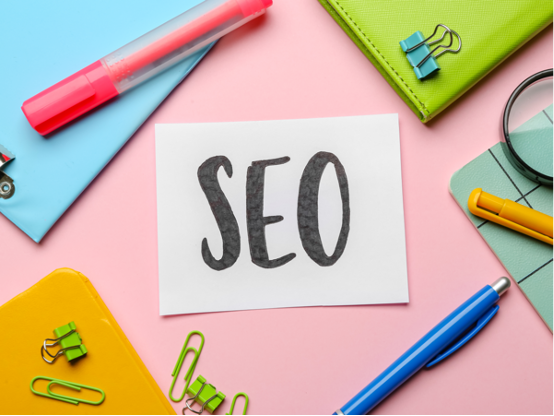There’s no shortage of digital marketing strategies available these days. Search Engine Optimisation (SEO) and Paid Media Strategies are two of the most popular, and they’re both effective tools. But SEO and paid ads are very different things. They each have pros and cons that can affect your overall marketing strategy. In this article we’ll take a look at how SEO and paid media strategies work together to deliver the results your business needs.
1. Digital Marketing for the Short and Long Term
Investing in digital marketing is a major investment, regardless of the size of your business. That can be a particular challenge if you’re just getting started in SEO. It could be 4-6 months before you start seeing the results of your SEO campaign, and it will take even longer before it starts paying for itself. On the other hand, paid media strategies like Google Ads can deliver results as soon as you send the campaign live.
Blending the two strategies is a great way to pay for your ongoing marketing costs. Running paid ads brings in day-to-day income, while your SEO helps to increase your organic traffic and sets you up for long-term success in your industry.
2. Discover New Keywords to Support Your Paid Strategies
Keywords are a core ingredient for SEO and paid ads strategies. There are lots of ways to research keywords, but the best way is to integrate data from your website and from your existing ads campaigns.
The data provided by your Google Ads and Google Analytics accounts can tell you exactly what keywords people are using before they visit your website. You can review these lists of search terms to see which ones are relevant to your brand and whether there are any new opportunities you can take advantage of.
This is a great way of finding keywords you didn’t think of yourself. For instance, as an expert in your industry, you know all the jargon. But your customers might not be quite as familiar, and comparing data can help you figure out how real customers actually use Google to find products and services that are similar to yours.
3. Learn More About Your Target Audience
There’s no such thing as too much data. When you’re spending money on your marketing campaigns, the more you know about your audience, the better you can allocate your budget. That means you’ll see better results that have a real impact on your bottom line.
One of the best reasons to run SEO and paid ads at the same time is that they both offer insight into your customers. Because SEO and paid aids use different tools, they provide slightly different information that you can cross-reference to improve your campaigns. For example, if you’re selling women’s jewellery, you might choose to use paid ads to target women aged 25-40. But, if your SEO results show that a significant portion of your site visitors are men aged 35-50 looking to buy gifts, you could use that information to build additional paid ads campaigns.
4. Improve the UX of Your Website
Google considers hundreds of factors when deciding where to rank your website in the search results. One of the biggest things it looks at is the User Experience (UX) on your site. Google knows that people like websites that are well-designed, easy to use and easy to navigate.
The trick is that users spend more time on websites with a good UX. Google sees this as a signal that your website has valuable information, and this increases your position in the search rankings.
Improving your website’s UX should be a major part of every SEO strategy. Most websites don’t need to undergo major changes. Small tweaks to the layout and how content is arranged can dramatically improve the UX. This is great for your SEO, and it’s also good for paid ads. Remember that each paid ad directs visitors to a particular page on your site. If that webpage has been optimised for a good UX, it’s more likely to make a positive impact on your paid search customers.
5. Expand Your Footprint in the Search Results
The biggest reason to invest in SEO is for visibility. The higher up you are on Google, the more visitors you’ll have on your website. If you want to increase the chances of someone clicking on your links then you can combine SEO and paid aids to make sure you’re showing up in two places. Two listings at the top of Google doubles the chances that someone will visit your website over a competitor’s.
You can take this a step further thanks to features like the map pack. If you run a location-dependent business, you may also show up in the search results with a map, your address and a few other business details. That means you can have up to three search results displayed at the top of the page, effectively tripling your chances of attracting a click. But that’s only possible with a mix of SEO and paid ads. Without the combination of both services, you’ll fall out of the top search results and attract far fewer visitors to your site.

